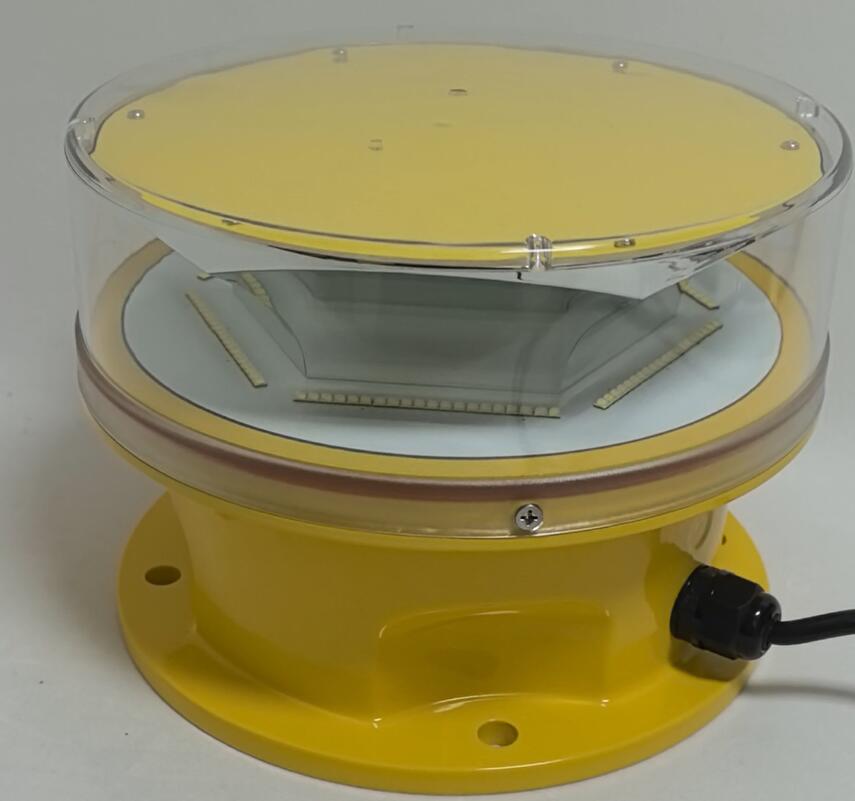Illuminating the Skies: The Critical Role of Aviation Lights on Buildings
Aviation lights on buildings are a crucial yet often overlooked component of modern urban infrastructure. These lights serve as essential visual aids for pilots, ensuring safe navigation around tall structures, especially in low-visibility conditions. As cities continue to grow vertically, the importance of proper aviation lighting systems cannot be overstated. This article explores the purpose, regulations, technology, and future trends of aviation lights on buildings.
Why Are Aviation Lights Necessary?
With the increasing number of skyscrapers worldwide, the risk of mid-air collisions or accidents near tall structures has risen. Aviation lights, also known as obstruction lights, are designed to make buildings visible to aircraft, both during the day and at night. They help pilots identify obstacles, maintain safe altitudes, and navigate densely populated urban areas.

The Federal Aviation Administration (FAA) in the United States and the International Civil Aviation Organization (ICAO) globally mandate the installation of these lights on structures exceeding certain heights. Without them, tall buildings could pose significant hazards to low-flying aircraft, particularly helicopters and planes during takeoff or landing.
Types of Aviation Lights on Buildings
There are several types of aviation lights used on buildings, each serving a specific purpose:
Red Obstruction Lights – These steady-burning or flashing lights are used at night to mark tall structures. They are typically installed at the highest points of buildings.
Medium-Intensity White Strobe Lights – These bright, flashing lights are visible during both day and night and are often used on structures between 200 and 500 feet tall.

High-Intensity White Strobe Lights – Reserved for the tallest structures (over 500 feet), these powerful lights ensure visibility from long distances, even in adverse weather conditions.
Dual Lighting Systems – Some buildings use a combination of red and white lights, switching between them based on daylight conditions for optimal visibility.
Regulations and Compliance
Governments and aviation authorities enforce strict regulations regarding aviation lights on buildings. Key standards include:
FAA Advisory Circular 70/7460-1L – Specifies lighting requirements for structures in the U.S., including intensity, placement, and flash patterns.
ICAO Annex 14 – Provides international guidelines for obstacle lighting to ensure global uniformity.
| Aviation Lights on Buildings |
Local Building Codes – Many cities have additional requirements based on air traffic density and geographical factors.
Non-compliance can result in fines, legal action, or even forced building modifications. Property owners must ensure their lighting systems are regularly inspected and maintained to avoid penalties and enhance aviation safety.
Technological Advancements in Aviation Lighting
Modern aviation lights are becoming more energy-efficient and durable. Key innovations include:
LED Technology – LED-based aviation lights consume less power, last longer, and provide brighter illumination compared to traditional incandescent bulbs.
| Aviation Lights on Building |
Solar-Powered Lights – Some installations now use solar panels to reduce energy consumption, particularly in remote or off-grid locations.
Smart Lighting Systems – Automated controls adjust light intensity based on ambient conditions, improving efficiency while maintaining compliance.
Aircraft Detection Lighting Systems (ADLS) – These advanced systems activate lights only when an aircraft is nearby, reducing light pollution and energy use.
Challenges and Considerations
Despite their benefits, aviation lights on buildings face some challenges:
Light Pollution – Bright flashing lights can contribute to urban skyglow, affecting astronomers and residents. Proper shielding and smart lighting solutions can mitigate this issue.
Maintenance – Regular upkeep is necessary to ensure lights remain operational, especially in harsh weather conditions.
Aesthetic Concerns – Some architects and property owners worry that aviation lights may disrupt a building’s design. However, integrating them seamlessly into the structure can minimize visual impact.
The Future of Aviation Lights on Buildings
As urban landscapes evolve, aviation lighting systems will continue to adapt. Emerging trends include:
Enhanced Automation – AI-driven systems could optimize light activation based on real-time air traffic data.
Improved Energy Efficiency – Further advancements in solar and battery technology will make aviation lighting more sustainable.
Integration with Urban Air Mobility (UAM) – With the rise of drones and air taxis, aviation lights may need to accommodate lower-altitude traffic, requiring new standards and configurations.
Aviation lights on buildings play a vital role in ensuring air safety in an increasingly vertical world. From regulatory compliance to cutting-edge technology, these lighting systems are evolving to meet the demands of modern aviation. As cities continue to reach new heights, the importance of effective, efficient, and unobtrusive aviation lighting will only grow. By embracing innovation and adhering to safety standards, we can illuminate the skies while keeping air travel safe for generations to come.
